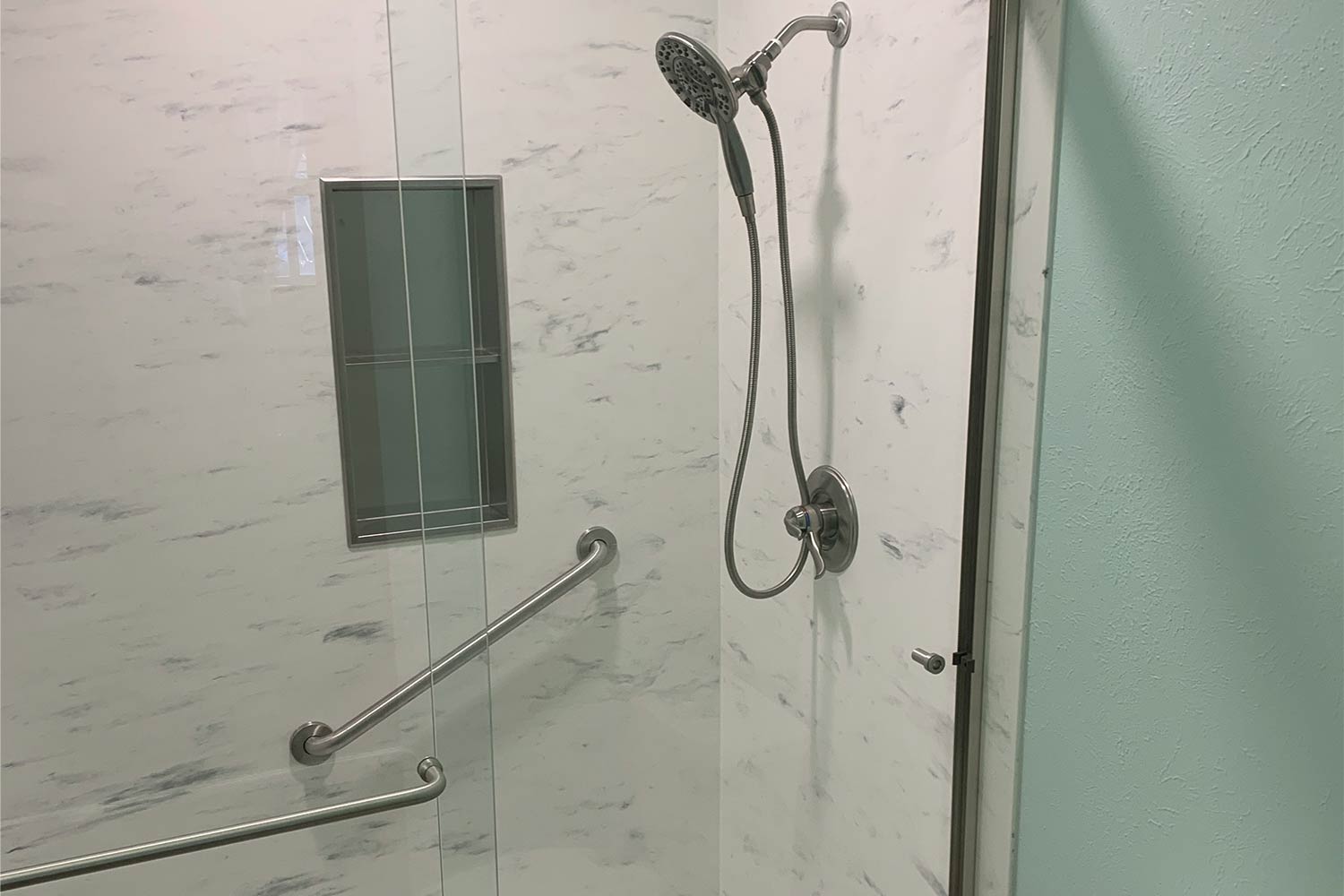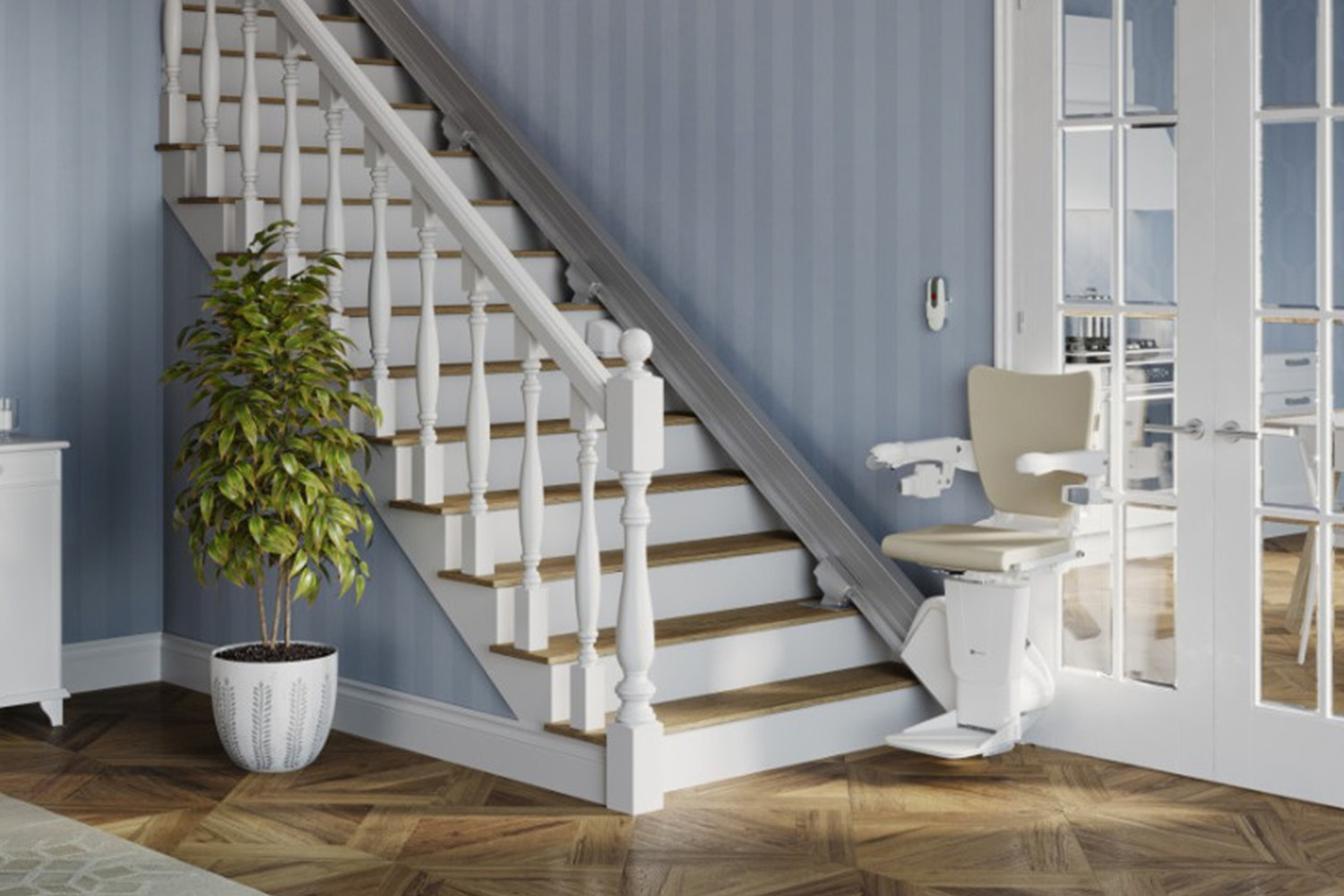Calgary is a city built on the promise of openness. Open skies. Open spaces. Open…

Step-by-Step Guide to Transforming a Home for Aging in Place
Aging in place is the ability to live in one’s own home and community safely, independently, and comfortably, regardless of age, income, or ability level. To transform a home for aging in place, follow these steps:
1. Assess Your Needs
Begin by evaluating your current and future needs. Consider factors such as mobility, balance, strength, and any underlying health conditions. Reflect on areas in your home that present challenges and anticipate health considerations for the future.
2. Prioritize Modifications
Prioritize home modifications based on your needs and budget. Focus on areas that will have the most significant impact on your safety and independence12. Some of the most important modifications include:
- Entryways: Ensure at least one entryway is accessible with no steps and a cover for weather protection.
- Hallways: Widen hallways to a minimum of 36 inches and ensure they are well-lit.
- Stairs: Install adequate handrails on both sides of the stairs and consider adding a stair lift or elevator if necessary.
- Bathrooms: Add grab bars, install a walk-in tub or shower, and ensure there is enough maneuvering space.
- Kitchen: Incorporate multi-level work areas, lever-style faucets, and pull-out shelves.
3. Incorporate Universal Design Principles
Universal design focuses on creating environments that are safe and comfortable for people of any age. Incorporate universal design principles into your home modifications to ensure your home remains accessible and safe for everyone, regardless of age or ability.
4. Utilize Smart Home Technology
Smart home technology can greatly enhance aging in place by allowing you to control connected devices from your smartphone or app4. Consider installing features such as voice-activated lighting, temperature control, and security systems.
5. Consult with Experts
Engage with experts who understand the intricacies of home modifications for seniors and appreciate individual nuances1. Certified aging in place specialists can provide personalized solutions and ensure that your home modifications meet your specific needs. By following these steps and prioritizing your needs, you can transform your home into a safe and comfortable environment that supports you as you age. Remember, aging in place is a journey, and it’s essential to plan ahead and make modifications gradually to ensure a smooth transition.



